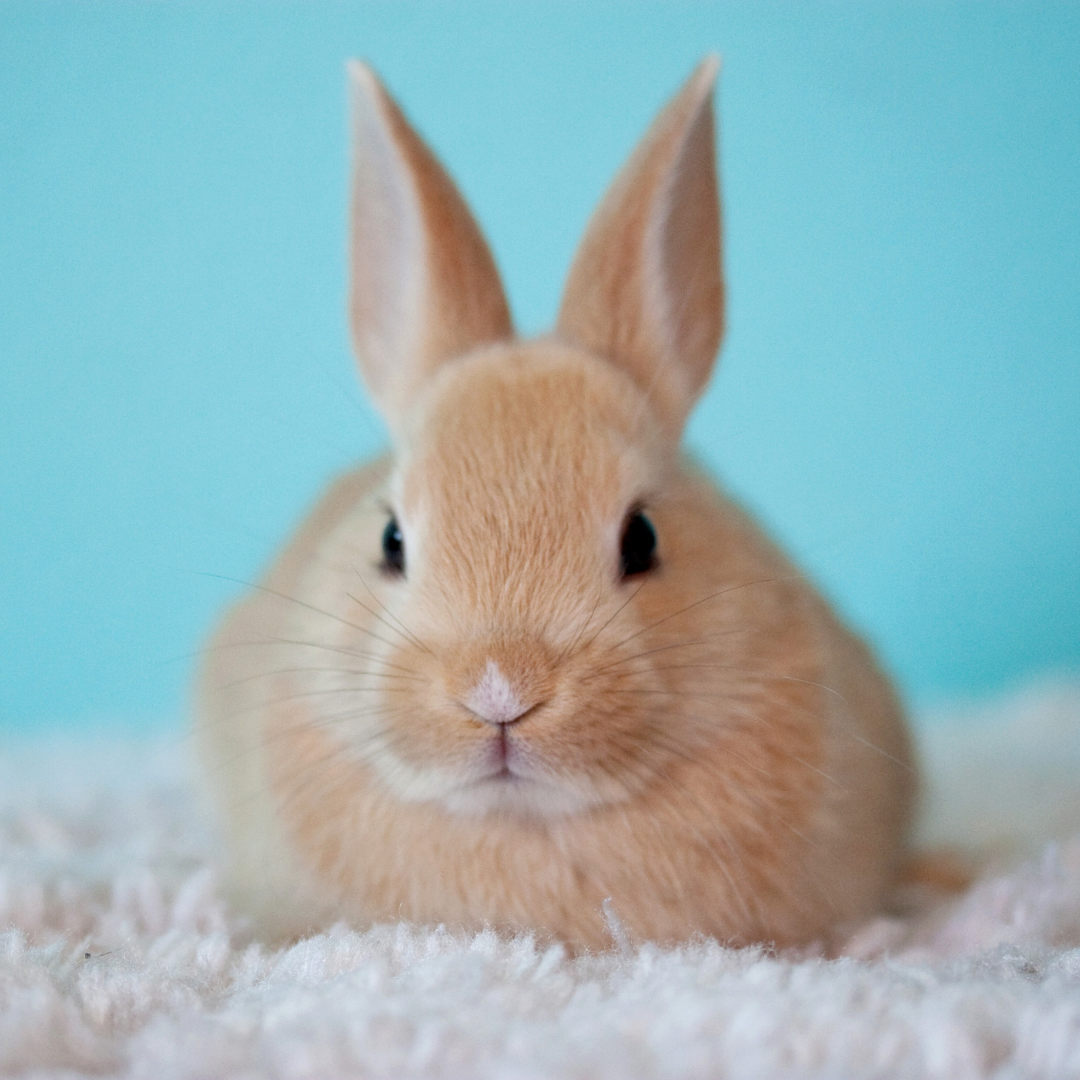
Follow the Bunny
From the get-go, Rovectin stood behind cruelty-free practices and it’s something we plan to keep doing forever! That's why we have Activating Treatment Lotions featuring the 5 most commonly tested animals: Dog, cat, monkey, sheep, and rabbit. Let's see what you get when you order Activating Treatment Lotion since it's sent out in random order! Let us know if you happen to collect all five!
Here's a closer look on how animal testing started and why it continues to be a problem.
Animals have been used as models in medical research since ancient days and have aided in creating and discovering different treatments and cures. Every year more than 100 million animals such as dogs, cats, rabbits, rats, sheep, monkeys, fish, frogs, and guinea pigs are killed in various U.S. laboratories in the name of medical training, biology lessons, chemical testing, curiosity-driven experimentation, and food, cosmetics, and drug testing.
Here are the most common types of animal testing ongoing across the globe.
Eye Irritancy
A substance is placed in one eye in eye-irritancy tests, whereas the other eye serves as a control. Often times, rabbits are used and they are restrained to prevent them from responding to the irritation experienced during the experiment. Next, the animals' eyes are observed after an hour and then again after 24 hours for 14 days. Some animals are evaluated for up to three weeks.
Skin Corrosivity & Irritation
Skin corrosion and irritation tests determine the potential of a substance to cause irreversible damage and the level of damage done on the skin. It is predominantly conducted on rabbits and is done by shaving a patch of its skin. It may lead to itching, inflammation, and swelling.
Repeated Dose Toxicity
Contrary to acute toxicity, scientists use dose toxicity to measure the multiple chronic and poisonous effects on organs. In acute toxicity, the scientist measures the toxicity level within a set dosage.
These toxicity tests consist of dermal, inhalation, and oral sub-acute repeated dose studies and sub-chronic repeated dose studies. Although primarily done on rodents, some scientists may conduct it on dogs as well.
To Be Thoughtful Consumers and Support Cruelty-Free Practice
Though many countries now ban the sale of products that contain animal-tested ingredients. More needs to be done to completely eliminate animal testing altogether, not just in the cosmetic industry. Most importantly, on an individual level, we can take steps to educate and create awareness against animal testing methods.
According to insightful research, up to 47% believe that it is okay to use animals for research and medical purposes, which is surprising. Fortunately, the opposition to animal testing is shrinking its prevalent usage, and it is likely that by 2025 we will notice a staggering 30% decrease in studies that utilize animal testing. However, it doesn't mean that animal testing is still not a problem.
Here are some ways you can make sure the brand you're purchasing from supports and employs cruelty-free practices:
Research and Read Up
Make sure the products you desire aren't tested on animals by simply looking at their product philosophy. Also consider using guides such as the Leaping Bunny, where you can access an exhaustive list of incredible yet cruelty-free brands that meet the Coalition for Consumer Information on Cosmetics, internationally recognized and highly stringent cruelty-free standards.
Seek Certified Logos
Several brands that employ cruelty-free practices make your purchasing experience easier by embellishing certified logos on their products. Be sure to check its legitimacy. For example, Leaping Bunny has a logo of well, a leaping bunny, to indicate that a product has met its rules and regulations. If you’re unsure, you can check out here for accredited cruelty free logos.
Ask the Brand
The last and easiest way of ensuring a brand you like supports cruelty-free methods, consider asking the brand whether its ingredients or products are tested on animals during any stage of its manufacture. At an age where transparency and open communication is key, this ask itself would be a great litmus test for your favorite brands!
To Sum it Up
Numerous companies are encouraging regulators to eliminate tests that are no longer in demand. Although cruelty-free practices are still widespread throughout the U.S., more and more brands are switching to safer, cruelty-free practices.
In addition, alternatives to animal testing are being introduced in the market. Therefore, if we continue to support cruelty-free practices, it's likely that the number of brands utilizing harmful practices will go down by a considerable amount.








